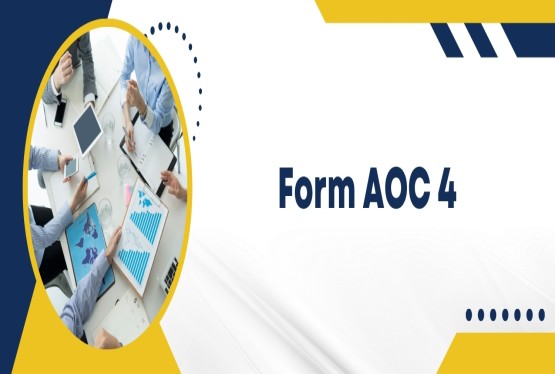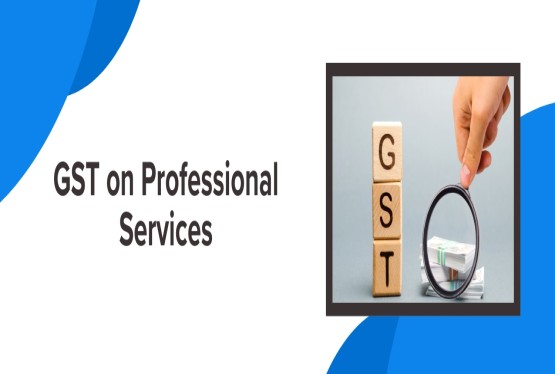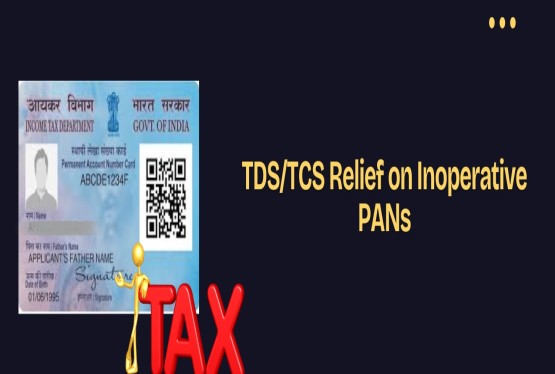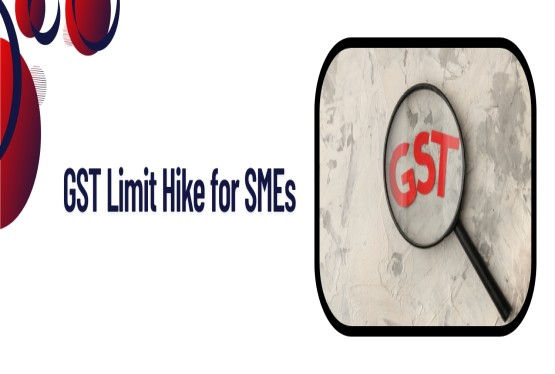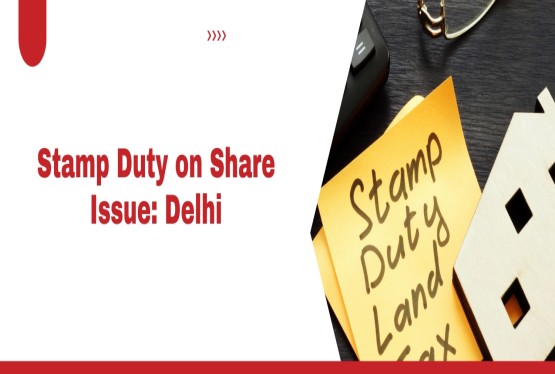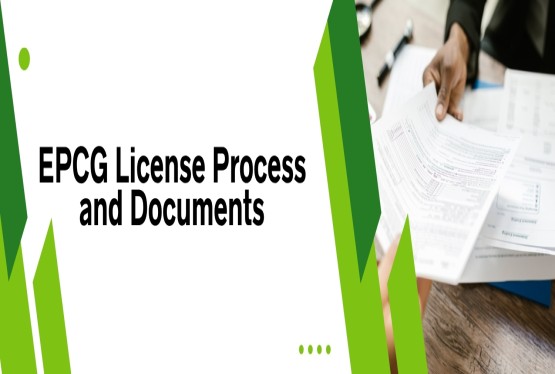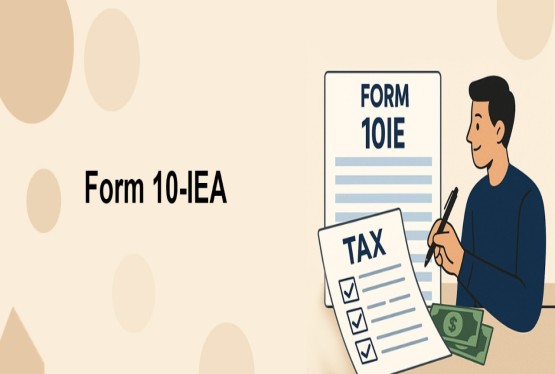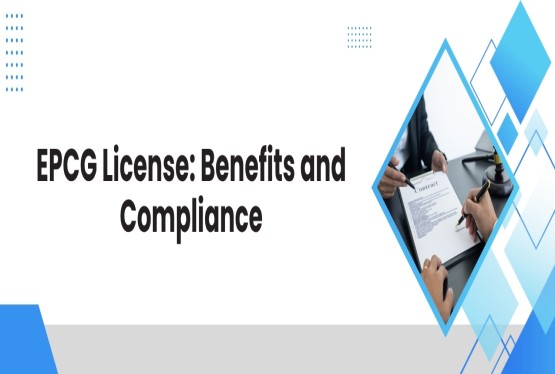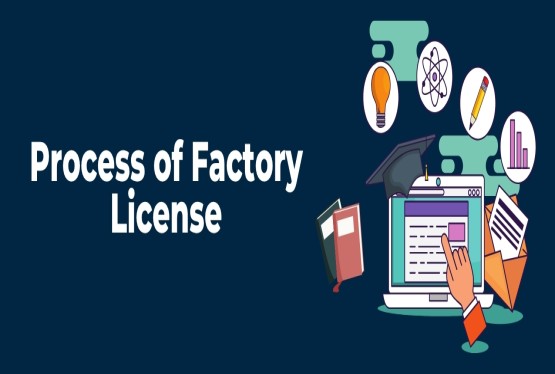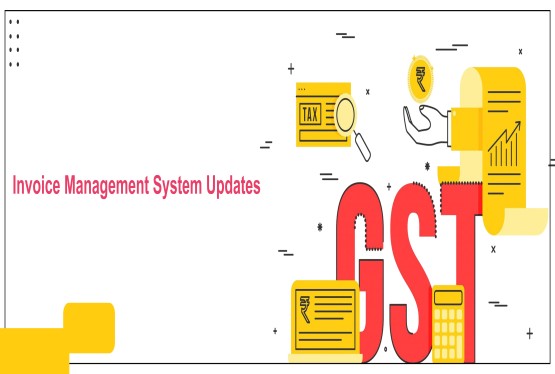e-Way Bill Registration is a mandatory process for businesses transporting goods worth over Rs.50,000 under GST regulations. It ensures legal compliance and smooth transit across state borders. The registration process on the official e-Way Bill Portal (ewaybill.nic.in) is simple and quick, requiring basic business and GST details. Once registered, users can generate, manage, and cancel e-Way Bills as needed. This digital system enhances transparency, reduces transit delays, and streamlines logistics. Understanding how to register properly on the e-Way Bill Portal is essential for every trader, transporter, and logistic partner operating under the GST regime.
Latest Updates on e-Way Bills
Staying updated with the latest changes in the e-Way Bill system is important for businesses and transporters to maintain GST compliance. The National Informatics Centre (NIC) and the GST Council frequently introduce improvements and new rules to streamline operations, reduce fraud, and improve transparency. Here are the most recent updates on e-Way Bills as of 2025:
Dated: 17th December 2024
The GST Council and NIC have announced the following critical updates to enhance security and improve compliance within the e-Way Bill and e-Invoicing systems:
-
Document Age Limit for e-Way Bill Generation:
Taxpayers will now be restricted to generating e-Way Bills only for documents issued within the past 180 days. This move aims to prevent the misuse of outdated invoices for backdated e-Way Bill creation.
-
Extended Validity Period for e-Way Bills:
The validity of an e-Way Bill can now be extended for up to 360 days from the date of its original generation, offering greater flexibility for delayed or long-haul consignments.
-
Mandatory Multi-Factor Authentication (MFA/2FA):
Starting 1st January 2025, taxpayers with an Annual Aggregate Turnover (AATO) exceeding Rs.20 Crores must use Two-Factor Authentication (2FA) to log in and generate e-Way Bills and e-Invoices on the NIC portals.
This involves:
-
Username and password
-
OTP verification (via registered mobile number or mobile app)
This security measure will be rolled out to all users in a phased manner, becoming mandatory for everyone from 1st April 2025.
Previous MFA Implementation
Dated: 12th June 2023
As part of earlier security upgrades, the NIC mandated 2FA login for taxpayers with a turnover above Rs.100 Crores, effective from 15th July 2023, for accessing both the e-Invoicing and e-Way Bill systems.
These updates reflect the government's continued commitment to enhancing digital infrastructure, ensuring robust data security, and minimizing fraudulent activities in the GST ecosystem.
e-Way Bill Registration for Taxpayers and Registered Transporters
Registration on the e-Way Bill Portal is essential for both GST-registered taxpayers and registered transporters involved in the movement of goods. Whether you're supplying, receiving, or transporting goods, registering on the portal ensures compliance with GST rules and smooth generation of e-Way Bills. Here’s how each category can complete their registration process:
1. For GST-Registered Taxpayers
Taxpayers registered under GST must complete their e-Way Bill registration to generate and manage e-Way Bills for goods movement.
Step 1: Visit the e-Way Bill Portal
Open your browser and go to the official website: https://ewaybill.nic.in. This is the central portal developed by the National Informatics Centre (NIC) for all e-Way Bill-related services.
Step 2: Click on "e-Way Bill Registration"
On the homepage, locate the "Registration" tab on the top menu. From the dropdown, click on “e-Way Bill Registration.” This link is meant only for GST-registered entities (taxpayers and transporters).
Step 3: Enter Your GSTIN and Captcha Code
A new screen will open asking for your GSTIN (Goods and Services Tax Identification Number). Type in your valid GSTIN and fill in the captcha code as shown. Click on the “Go” button to proceed.
Step 4: Auto-Fetch of Business Details
The system will fetch your business details (Name, Trade Name, Address, Mobile Number, Email) from the GST portal. Ensure the mobile number displayed is correct and registered with the GST database. If it’s incorrect, update it first on the GST portal before proceeding.
Step 5: Receive OTP on Registered Mobile
Click on “Send OTP” to receive a one-time password (OTP) on your registered mobile number. This step is essential for verifying your identity and linking your GSTIN securely to the e-Way Bill system.
Step 6: Enter OTP and Verify
Type in the 6-digit OTP exactly as received via SMS. Click on “Verify OTP”. If the OTP is correct, the system will take you to the next step.
Step 7: Create Your Username and Password
Now, choose a unique username (between 8–15 characters) to log into the e-Way Bill Portal. Enter and confirm a strong password (including upper/lowercase letters, numbers, and special characters). Avoid using simple passwords like “123456” or your name for security reasons.
Step 8: Submit the Registration Form
After filling in the username and password, click on “Submit”. The system will display a confirmation message once the registration is successful. You will now be able to log in using the newly created credentials.
Post-Registration Capabilities
Once registered, users can:
-
Generate and cancel e-Way Bills
-
Update Part-B (vehicle details)
-
Generate consolidated e-Way Bills
-
Access reports and MIS data
-
Manage user accounts and roles
By following these steps correctly, businesses and transporters can activate their e-Way Bill account and ensure compliance with GST transport regulations.
2. For Registered Transporters
Registered transporters—those who have a valid GSTIN but are not suppliers or receivers of goods—must register on the e-Way Bill Portal to legally transport goods on behalf of other businesses. This enables them to generate, update, and manage e-Way Bills during transit. Registration Process for Registered Transporters are:
Step 1: Visit the e-Way Bill Portal
Open your web browser and go to the official portal: https://ewaybill.nic.in. This platform is maintained by the National Informatics Centre (NIC) and used for generating and managing e-Way Bills.
Step 2: Select “e-Way Bill Registration”
On the homepage, click the “Registration” tab from the top menu. From the dropdown list, choose “e-Way Bill Registration” (this is for GST-registered users).
Step 3: Enter GSTIN and Captcha Code
Enter your valid GSTIN (Goods and Services Tax Identification Number). Type the captcha code shown on the screen and click “Go”. Your transporter details will be automatically fetched from the GST database.
Step 4: OTP Verification
The mobile number linked to your GSTIN will be shown. Click on “Send OTP” to receive a one-time password (OTP) via SMS. Enter the 6-digit OTP and click on “Verify OTP”.
Step 5: Set Login Credentials
Choose a unique username (8-15 characters) for your e-Way Bill account. Create a strong password and confirm it. Click “Submit” to complete your registration.
Once submitted, you can log in anytime using your credentials to manage e-Way Bills for your clients.
Key Requirements for Registration (Expanded Table)
|
Requirement |
Description |
|
GSTIN |
Must be a valid and active GSTIN issued by the GST Department. |
|
Mobile Number |
Should be the same as registered on the GST portal, as OTP is sent here. |
|
Required for identity verification and linking business identity. |
|
|
Email ID |
Optional, but highly recommended for receiving system updates and alerts. |
|
Business Address |
This will be auto-populated from the GST system during registration. |
By completing this simple registration, transporters become fully equipped to comply with GST law and ensure smooth goods movement. Without registration, a transporter cannot legally handle e-Way Bills, leading to penalties during transit checks.
e-Way Bill Registration for GST Unregistered Transporters
Unregistered transporters are required to register on the e-Way Bill portal when they are involved in transporting goods where the consignment value exceeds Rs.50,000. This requirement applies in two situations: when the value of goods from a single supplier exceeds Rs.50,000, or when the total value of all goods being transported in a single vehicle exceeds Rs.50,000, regardless of the number of suppliers. Although these transporters do not have a GSTIN due to their unregistered status under GST, they must still comply with e-Way Bill rules. To do so, they need to enroll on the e-Way Bill portal and obtain a unique Transporter ID. This Transporter ID is used in place of a GSTIN when generating or updating e-Way Bills.
What is a transporter ID?
A Transporter ID is a unique identification number assigned to unregistered transporters who are required to generate e-Way Bills but do not have a GSTIN. When the value of goods being transported exceeds Rs.50,000, even an unregistered transporter must comply with e-Way Bill regulations. Since they are not registered under GST, they cannot use a GSTIN on the portal. To resolve this, the government introduced the concept of the Transporter ID, which serves as a substitute for GSTIN in such cases.
To obtain a Transporter ID, the unregistered transporter must enroll on the e-Way Bill portal. Upon successful enrollment, they are provided with a 15-digit Transporter ID and a Username, which they can use to generate, manage, and update e-Way Bills as per compliance requirements.
Action when goods are received from an unregistered Supplier
When a registered buyer receives goods from an unregistered supplier, the buyer must generate the e-Way Bill. In this case, the registered recipient is treated as the supplier for compliance purposes and is responsible for ensuring all e-Way Bill requirements are fulfilled before the goods are transported.
Guidelines for e-Way Bill generation
-
Applicability: e-Way Bill is mandatory for transporting goods valued over Rs.50,000 in a single invoice or combined consignment, regardless of whether the movement is inter-state or intra-state.
-
Who Should Generate: The supplier, recipient, or transporter must generate the e-Way Bill depending on who initiates the movement of goods and whether the transporter is registered or unregistered.
-
Documents Required: To generate an e-Way Bill, details from the tax invoice, bill of supply, or delivery challan are needed along with the transporter’s ID or the vehicle number.
-
Modes of Transport: e-Way Bill requirements apply whether goods are moved by road, rail, air, or ship. Proper documentation is mandatory across all transport modes.
-
Portal: e-Way Bills are generated online through the official portal (ewaybillgst.gov.in) using credentials provided after GST registration or transporter enrollment.
-
Part A & Part B: Part A includes consignee, consignor, goods, and value details. Part B contains transporter or vehicle information and must be filled before starting transportation.
-
Validity: e-Way Bills are valid for one day per 200 km of travel. The validity starts from the date and time the bill is generated.
-
Unregistered Transporters: They must enroll on the e-Way Bill portal to get a Transporter ID, which allows them to comply with regulations even without a GSTIN.
-
QR Code/Print: The e-Way Bill must be carried during transport either as a physical printout or in digital form, including a QR code for easy verification.
-
Updates: If goods are shifted to another vehicle during transit, the transporter must update the vehicle number on the portal to maintain e-Way Bill validity.
Tips for Setting a User ID and Password on the e-Way Bill Portal
-
User ID Requirements: Must be between 8 and 15 characters long. Can include alphabets (A-Z, a-z), numbers (0-9), and special characters like @, #, $, %, &, *, ^.
-
Password Requirements: Should be at least 8 characters in length.
-
Important: Keep your User ID and Password safe and confidential. Use these credentials every time you log in to the e-Way Bill portal.
Conclusion
Registering on the e-Way Bill portal is essential for unregistered transporters involved in transporting goods valued over Rs.50,000. The process is straightforward visit the portal, complete the enrollment form, and submit the required documents to receive a unique Transporter ID and login credentials. This registration enables compliance with GST regulations, allowing transporters to generate and manage e-Way Bills efficiently. Proper registration ensures smooth transportation, reduces legal risks, and promotes transparency in the movement of goods.
FAQs
Q1. How do I register my e-way bill?
Ans. To register for e-Way Bill, visit the official portal, choose “Enrolment for Transporters,” fill in required details, submit necessary documents, and receive your unique Transporter ID and login credentials.
Q2. What is the new e-way bill rule?
Ans. From March 1, 2024, e-Way Bills for B2B and export transactions must include e-Invoice details like the Invoice Registration Number (IRN). Without these, e-Way Bill generation will be blocked.
Q3. How long is the e-way bill valid for?
Ans. An e-Way Bill is valid for one day for every 200 kilometers traveled, starting from the date and time it is generated. Validity depends on the total distance of transportation.
Q4. How do I activate my e-way bill?
Ans. To activate your e-Way Bill account, visit the official portal, enter your GSTIN, verify via OTP, create a username and password, then submit the form to complete registration and start generating e-Way Bills.
Q5. Can we reject e-way bill after 24 hours?
Ans. No, an e-Way Bill can only be rejected within 24 hours of its generation. After 24 hours, rejection is not allowed, and the e-Way Bill remains valid until it expires or is cancelled by authorized parties.








_crop10_thumb.jpg)




































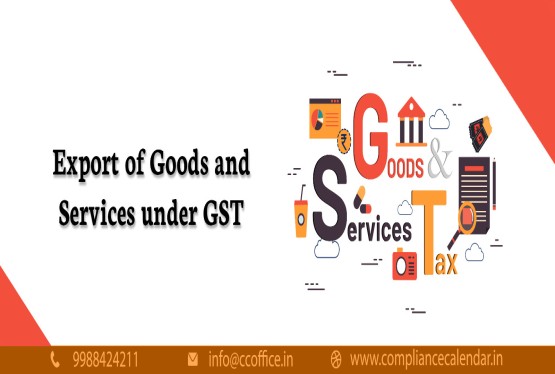













































_for_FY_2025-26_crop10_thumb.jpg)



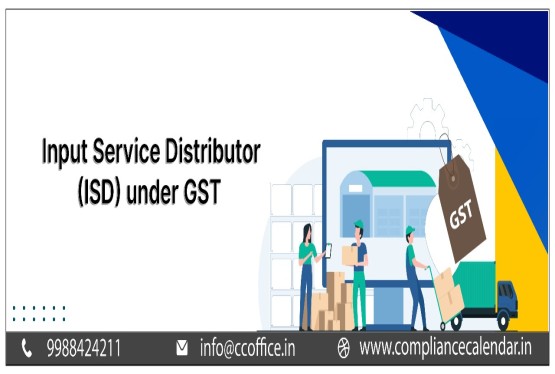








_learn_crop10_thumb.jpg)








_Filing_Due_Dates_for_FY_2024-25_learn_crop10_thumb.jpeg)
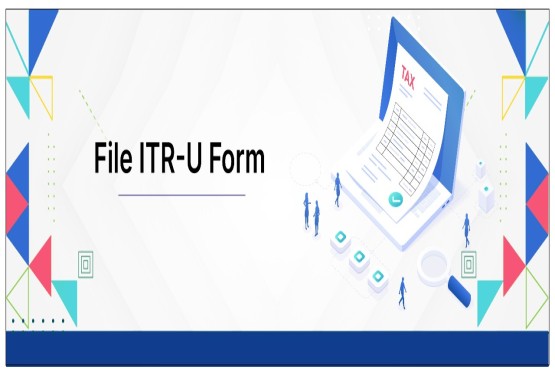
























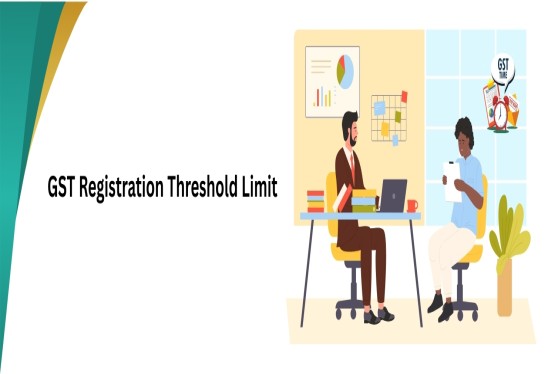
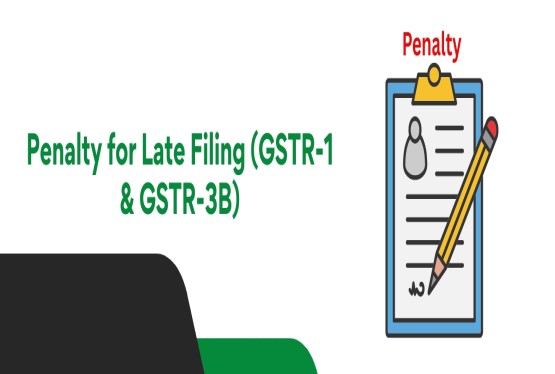












_of_GST_Act_learn_crop10_thumb.jpg)










_Under_GST_learn_crop10_thumb.jpg)









_crop10_thumb.jpg)


_crop10_thumb.jpg)






_learn_crop10_thumb.jpg)





















_of_the_Income_Tax_Act_learn_crop10_thumb.jpg)



_learn_crop10_thumb.jpg)






_learn_crop10_thumb.jpg)






_crop10_thumb.jpg)




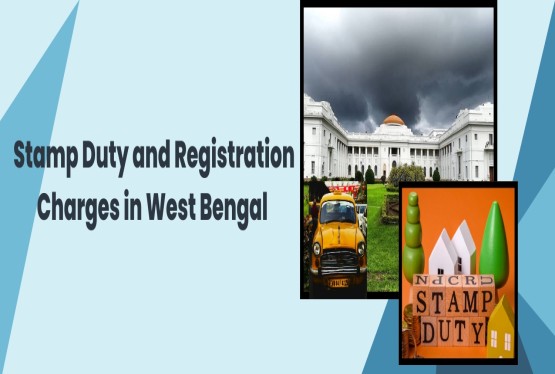















_in_The_Income_Tax_Act,_1961_learn_crop10_thumb.jpg)



_learn_crop10_thumb.jpg)



_of_the_Income_Tax_Act_learn_crop10_thumb.jpg)

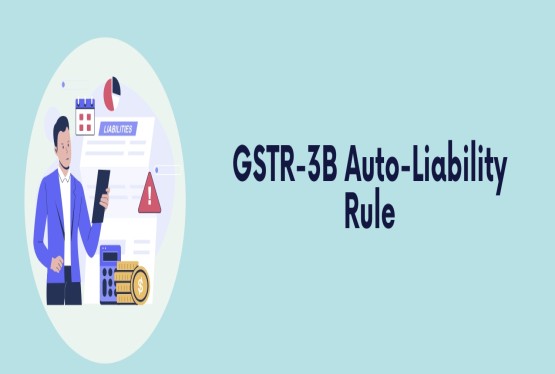
_Of_Income_Tax_Act_learn_crop10_thumb.jpg)








_learn_crop10_thumb.jpg)








_learn_crop10_thumb.jpg)
_crop10_thumb.jpg)

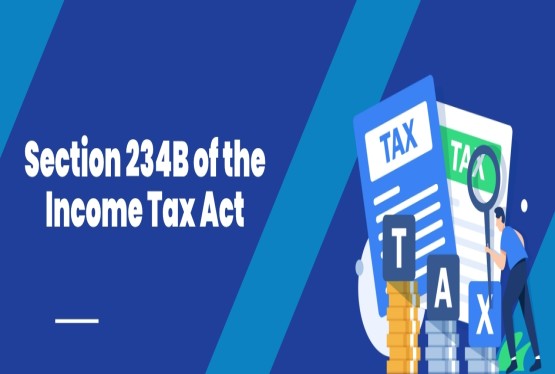




















_learn_crop10_thumb.jpg)
_for_Import_and_Export_learn_crop10_thumb.jpg)









